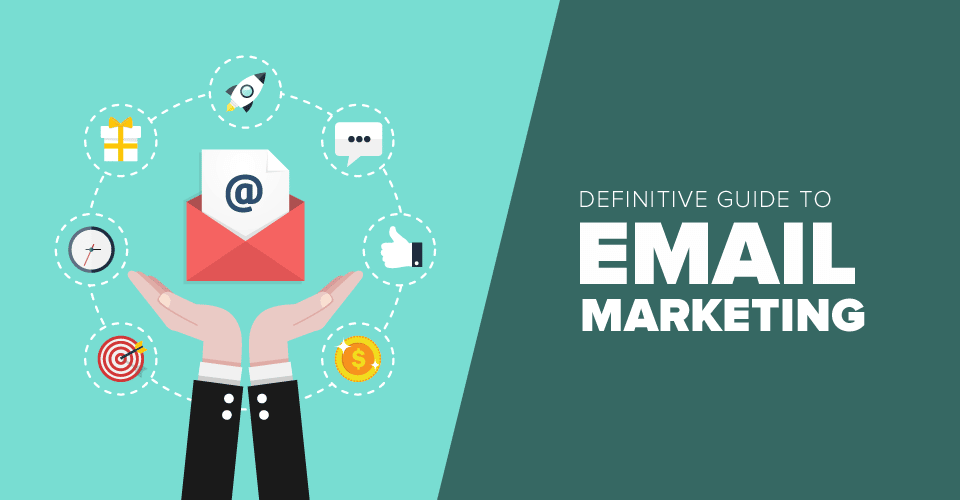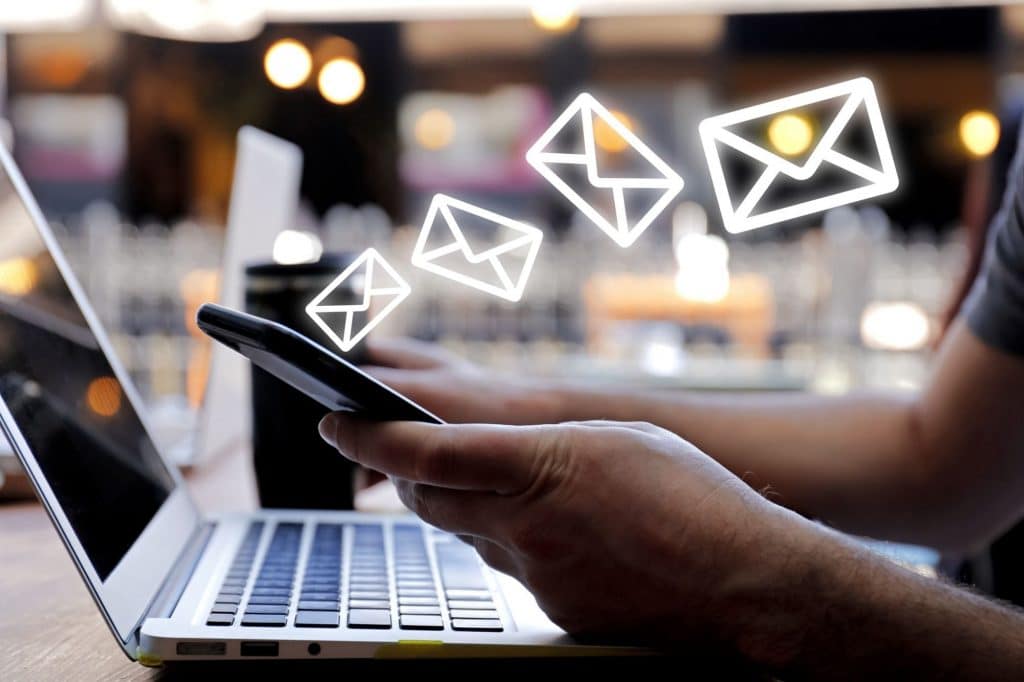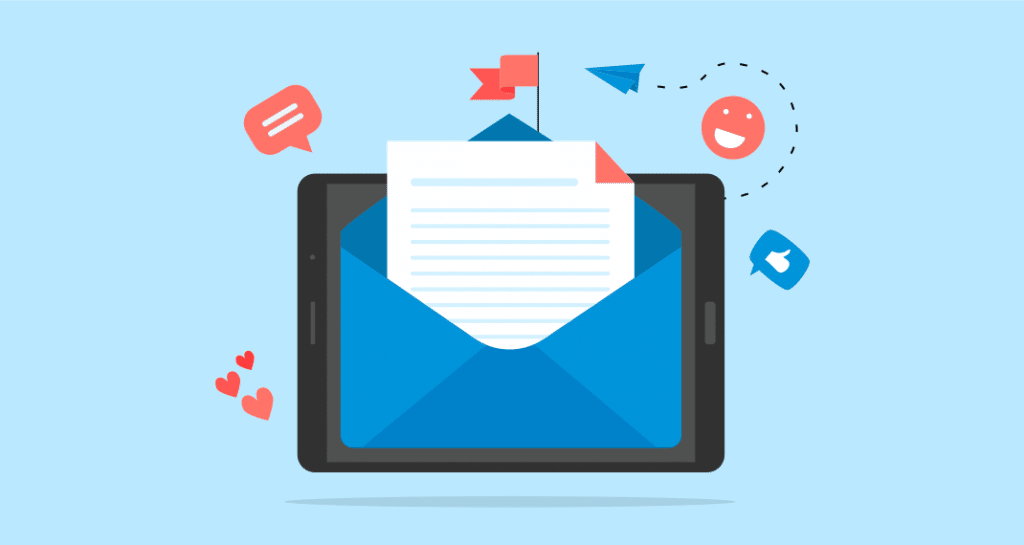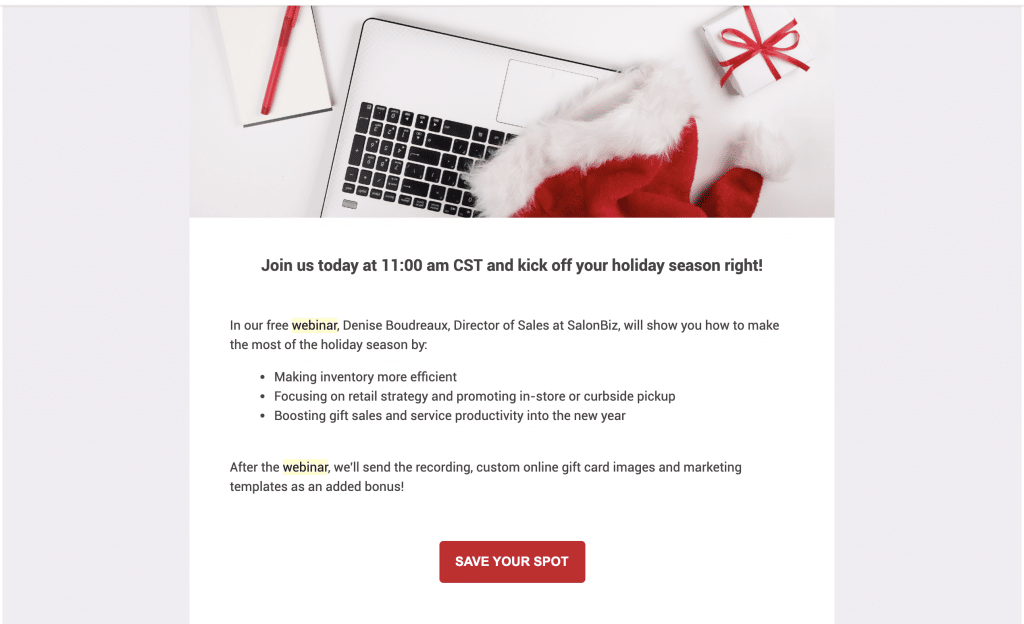Do you still communicate through email? No? Is it possible you may be wrong? In reality, Email marketing is among the most widely utilized and rapidly expanding kinds of digital advertising. To wit: forecasts estimate that there are over 2.7 billion email accounts globally. In spite of social media’s popularity, it remains an efficient tool for expanding one’s enterprise.
Contents
So, what is Email Marketing?
Email marketing is communicating with current and potential clients using electronic mail. For startups and solopreneurs, it’s one of the best ways to get their name out there. The same holds true for the methods used to accomplish so, which may include but are not limited to publishing a newsletter, putting out promotional emails, or establishing rapport with the target audience.
Types of Emails in Email Marketing that You Need
1. Cold
Some people have the impression that Cold Email and Email Marketing are interchangeable. Email marketing has many shapes and forms, and cold email is just one of them. Cold emailing involves contacting potential clients and developing connections with them, through expanded professional connections and public exposure, your company benefits. Cold emails are sent to prospective consumers with whom you have had no previous interaction.
2. Promotional Email
A Promotional Email is an example of a commercial email sent out with the express purpose of generating more business. You may talk about sales and holiday promotions your company is doing. To help boost conversions and purchases, promotional emails always include a crystal-clear CTA. Since Promotional Email often occurs towards the end of the sales process, the objective of the call to action is to have the recipient complete a deal.
3. Announcement Email
An Announcement Email is sent to notify customers of new products and services, a shift in the firm’s branding or business strategy, or other important corporate news. In order to avoid confusion between employees and consumers, they might also contain details concerning shipping tardiness, online issues, and software failures. Last but not least, talking to your customers is what will make or break your connection with them.
4. Informational Email
In general, the emails we get are of the informative kind, sometimes known as newsletters. They often have articles about your company or industry, useful material, item testimonials, and more. In most cases, newsletters are sent out at the beginning of the sales process, when the focus is more on providing value to clients than on generating sales. It’s a forum for airing your grievances and airing your views.
5. Re-engagement Email
Re-engagement, win-back email, as well as divine jackfruit are just a few of the various titles for email. Reactivating dormant subscribers is an effort to re-establish communication with those who may have stopped opening your messages. If more subscribers than unsubscribers stop paying attention to your emails, you have a problem. E-mails designed to re-engage customers can include links to feedback forms, special deals, holiday incentives, or helpful news about your items.




